Zhicheng Cui
A Factored Generalized Additive Model for Clinical Decision Support in the Operating Room
Jul 29, 2019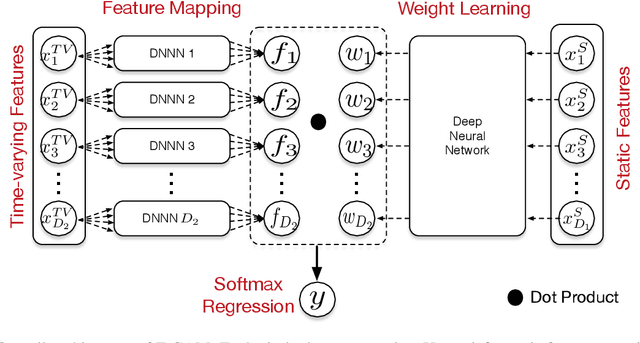

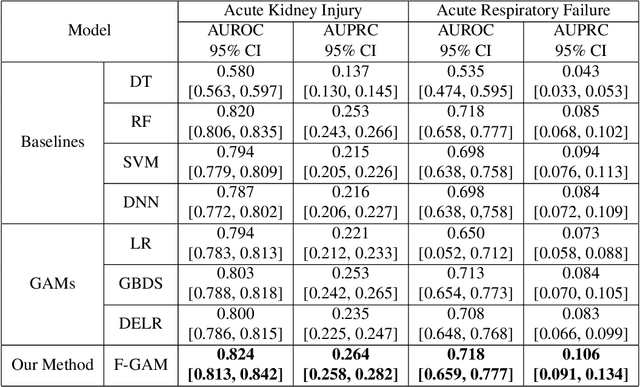
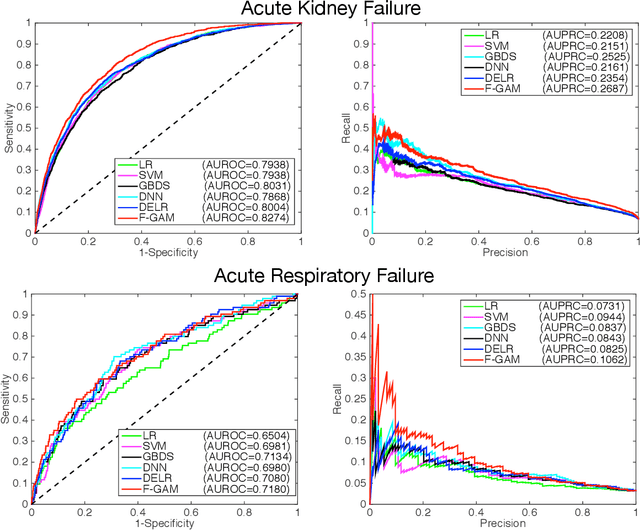
Abstract:Logistic regression (LR) is widely used in clinical prediction because it is simple to deploy and easy to interpret. Nevertheless, being a linear model, LR has limited expressive capability and often has unsatisfactory performance. Generalized additive models (GAMs) extend the linear model with transformations of input features, though feature interaction is not allowed for all GAM variants. In this paper, we propose a factored generalized additive model (F-GAM) to preserve the model interpretability for targeted features while allowing a rich model for interaction with features fixed within the individual. We evaluate F-GAM on prediction of two targets, postoperative acute kidney injury and acute respiratory failure, from a single-center database. We find superior model performance of F-GAM in terms of AUPRC and AUROC compared to several other GAM implementations, random forests, support vector machine, and a deep neural network. We find that the model interpretability is good with results with high face validity.
D-VAE: A Variational Autoencoder for Directed Acyclic Graphs
May 30, 2019



Abstract:Graph structured data are abundant in the real world. Among different graph types, directed acyclic graphs (DAGs) are of particular interest to machine learning researchers, as many machine learning models are realized as computations on DAGs, including neural networks and Bayesian networks. In this paper, we study deep generative models for DAGs, and propose a novel DAG variational autoencoder (D-VAE). To encode DAGs into the latent space, we leverage graph neural networks. We propose an asynchronous message passing scheme that allows encoding the computations on DAGs, rather than using existing simultaneous message passing schemes to encode local graph structures. We demonstrate the effectiveness of our proposed D-VAE through two tasks: neural architecture search and Bayesian network structure learning. Experiments show that our model not only generates novel and valid DAGs, but also produces a smooth latent space that facilitates searching for DAGs with better performance through Bayesian optimization.
Extracting Actionability from Machine Learning Models by Sub-optimal Deterministic Planning
Nov 03, 2016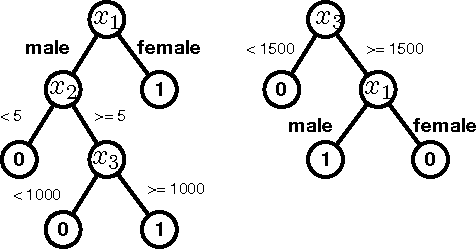
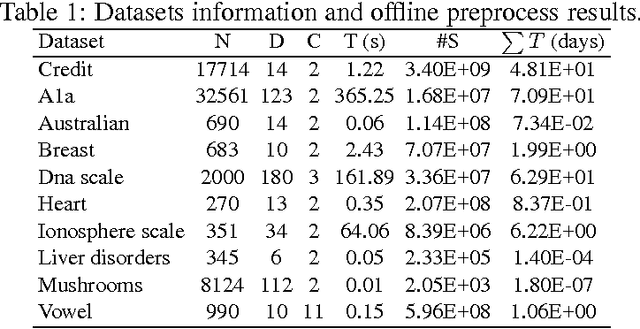
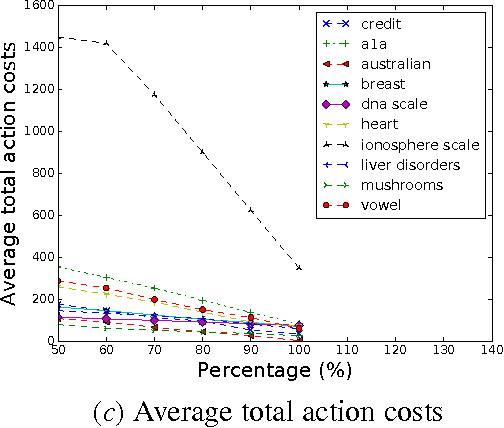

Abstract:A main focus of machine learning research has been improving the generalization accuracy and efficiency of prediction models. Many models such as SVM, random forest, and deep neural nets have been proposed and achieved great success. However, what emerges as missing in many applications is actionability, i.e., the ability to turn prediction results into actions. For example, in applications such as customer relationship management, clinical prediction, and advertisement, the users need not only accurate prediction, but also actionable instructions which can transfer an input to a desirable goal (e.g., higher profit repays, lower morbidity rates, higher ads hit rates). Existing effort in deriving such actionable knowledge is few and limited to simple action models which restricted to only change one attribute for each action. The dilemma is that in many real applications those action models are often more complex and harder to extract an optimal solution. In this paper, we propose a novel approach that achieves actionability by combining learning with planning, two core areas of AI. In particular, we propose a framework to extract actionable knowledge from random forest, one of the most widely used and best off-the-shelf classifiers. We formulate the actionability problem to a sub-optimal action planning (SOAP) problem, which is to find a plan to alter certain features of a given input so that the random forest would yield a desirable output, while minimizing the total costs of actions. Technically, the SOAP problem is formulated in the SAS+ planning formalism, and solved using a Max-SAT based approach. Our experimental results demonstrate the effectiveness and efficiency of the proposed approach on a personal credit dataset and other benchmarks. Our work represents a new application of automated planning on an emerging and challenging machine learning paradigm.
Multi-Scale Convolutional Neural Networks for Time Series Classification
May 11, 2016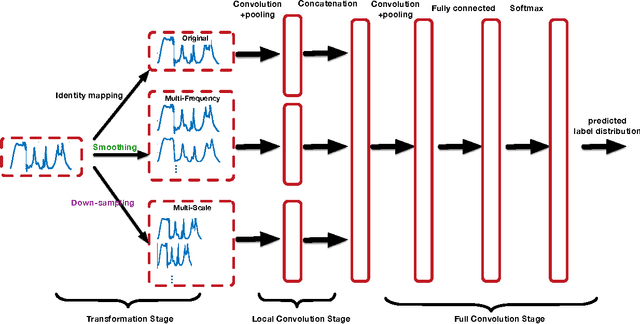
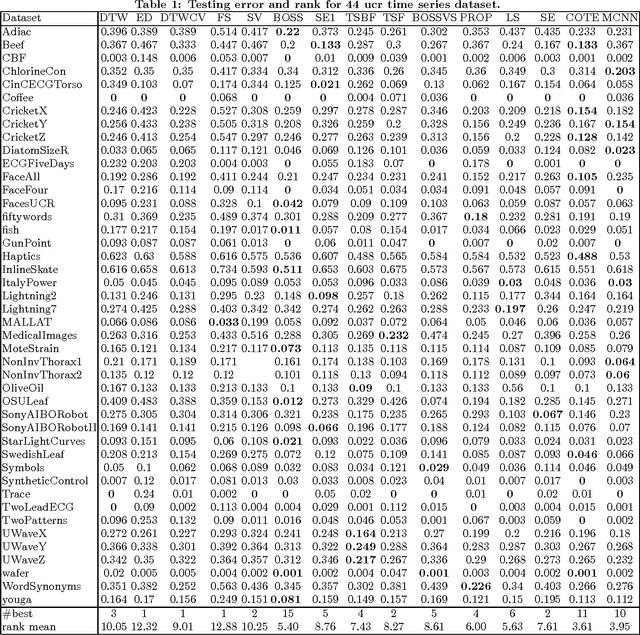
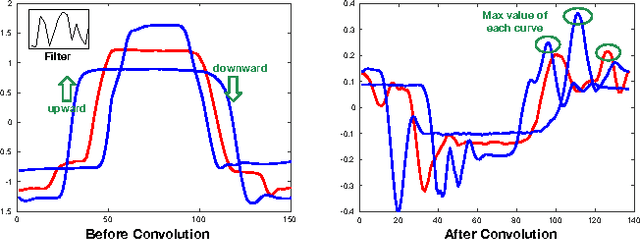
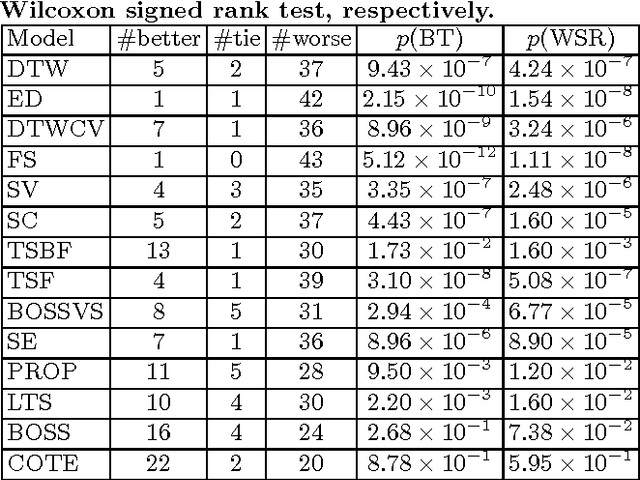
Abstract:Time series classification (TSC), the problem of predicting class labels of time series, has been around for decades within the community of data mining and machine learning, and found many important applications such as biomedical engineering and clinical prediction. However, it still remains challenging and falls short of classification accuracy and efficiency. Traditional approaches typically involve extracting discriminative features from the original time series using dynamic time warping (DTW) or shapelet transformation, based on which an off-the-shelf classifier can be applied. These methods are ad-hoc and separate the feature extraction part with the classification part, which limits their accuracy performance. Plus, most existing methods fail to take into account the fact that time series often have features at different time scales. To address these problems, we propose a novel end-to-end neural network model, Multi-Scale Convolutional Neural Networks (MCNN), which incorporates feature extraction and classification in a single framework. Leveraging a novel multi-branch layer and learnable convolutional layers, MCNN automatically extracts features at different scales and frequencies, leading to superior feature representation. MCNN is also computationally efficient, as it naturally leverages GPU computing. We conduct comprehensive empirical evaluation with various existing methods on a large number of benchmark datasets, and show that MCNN advances the state-of-the-art by achieving superior accuracy performance than other leading methods.
 Add to Chrome
Add to Chrome Add to Firefox
Add to Firefox Add to Edge
Add to Edge